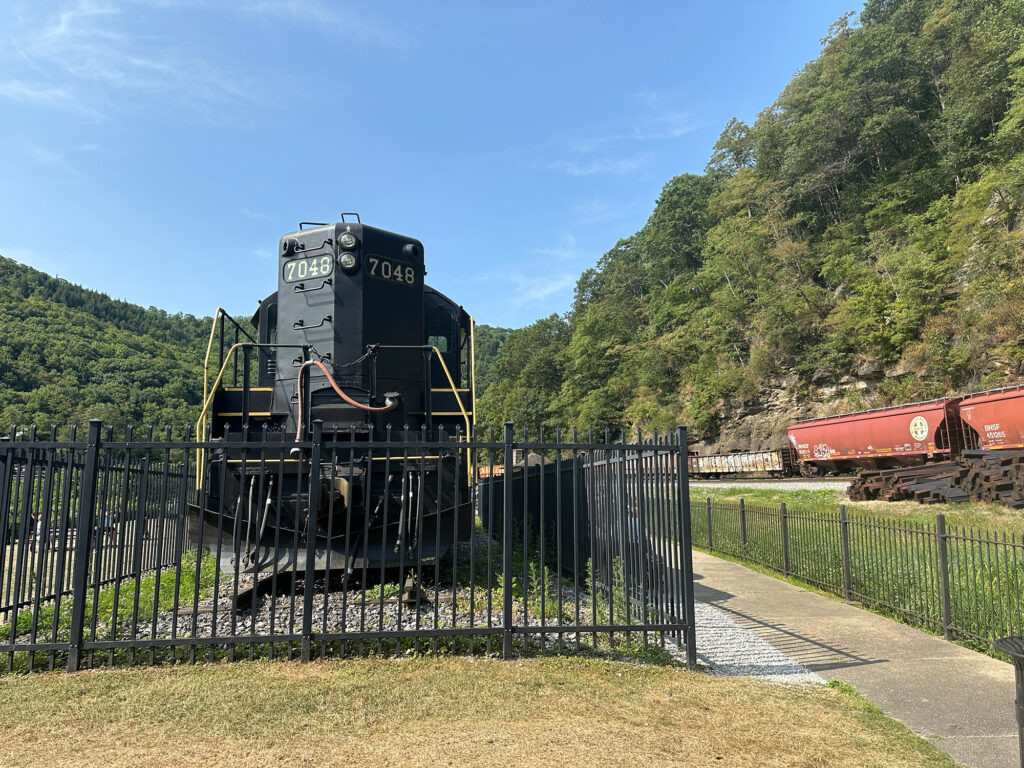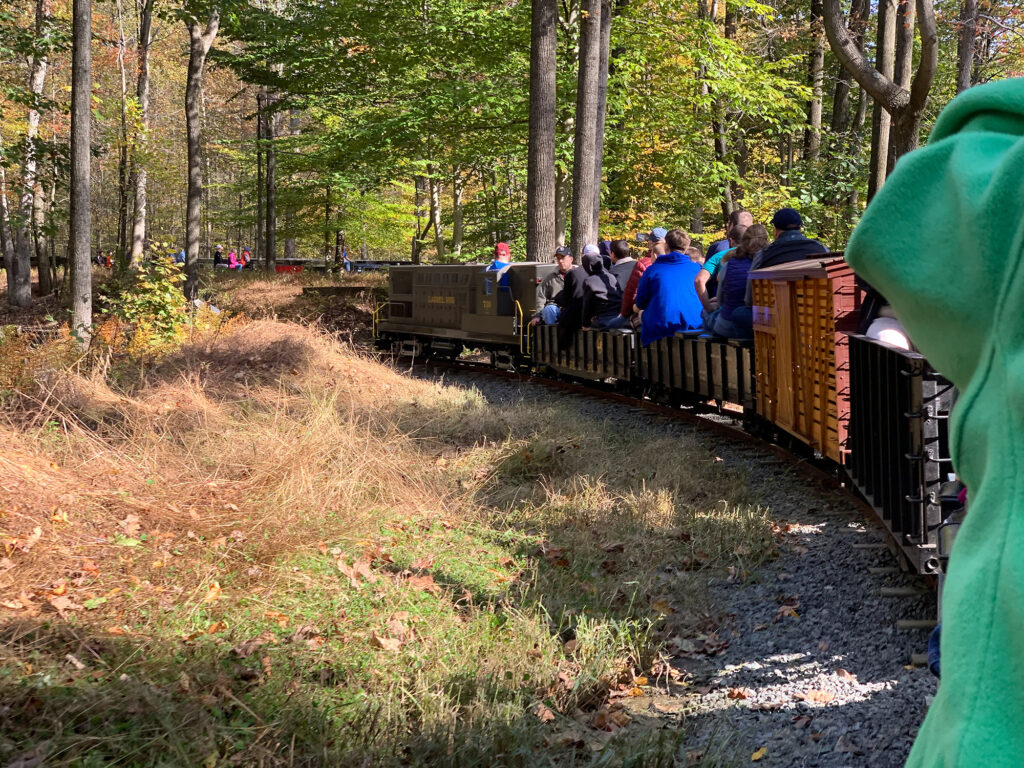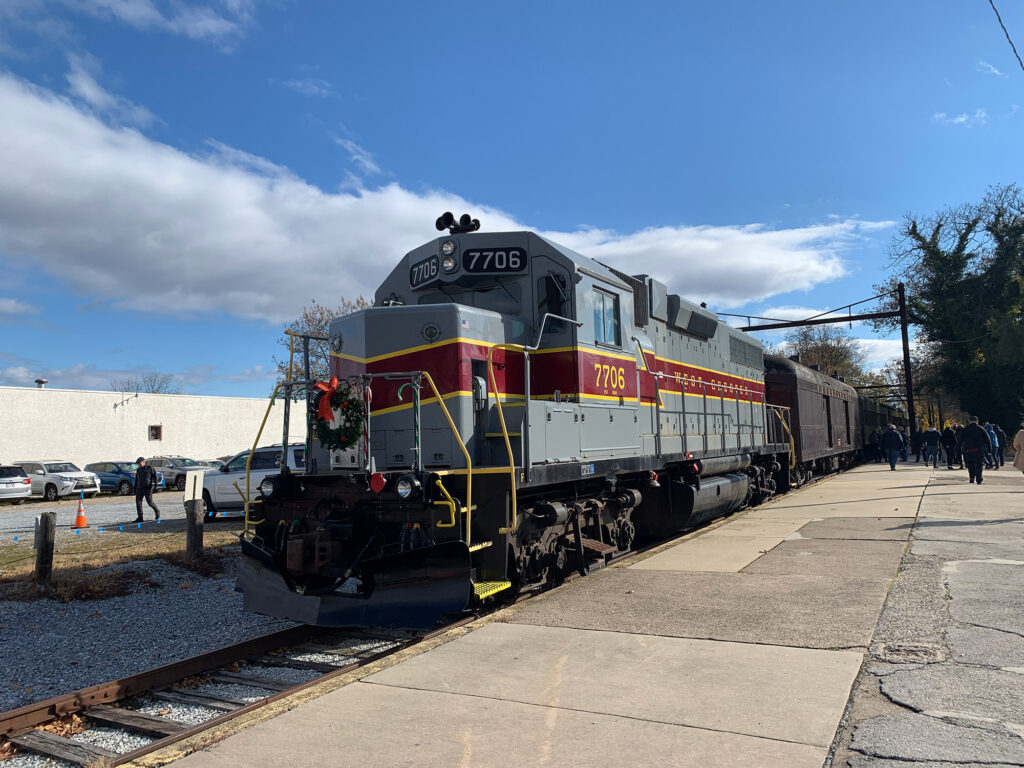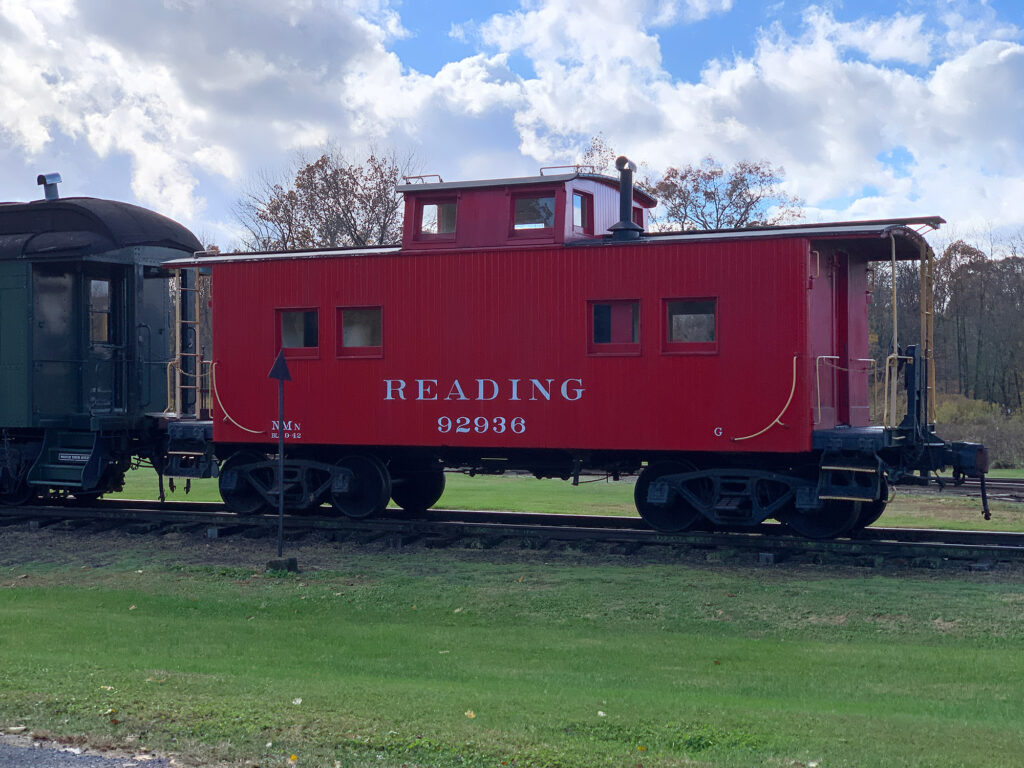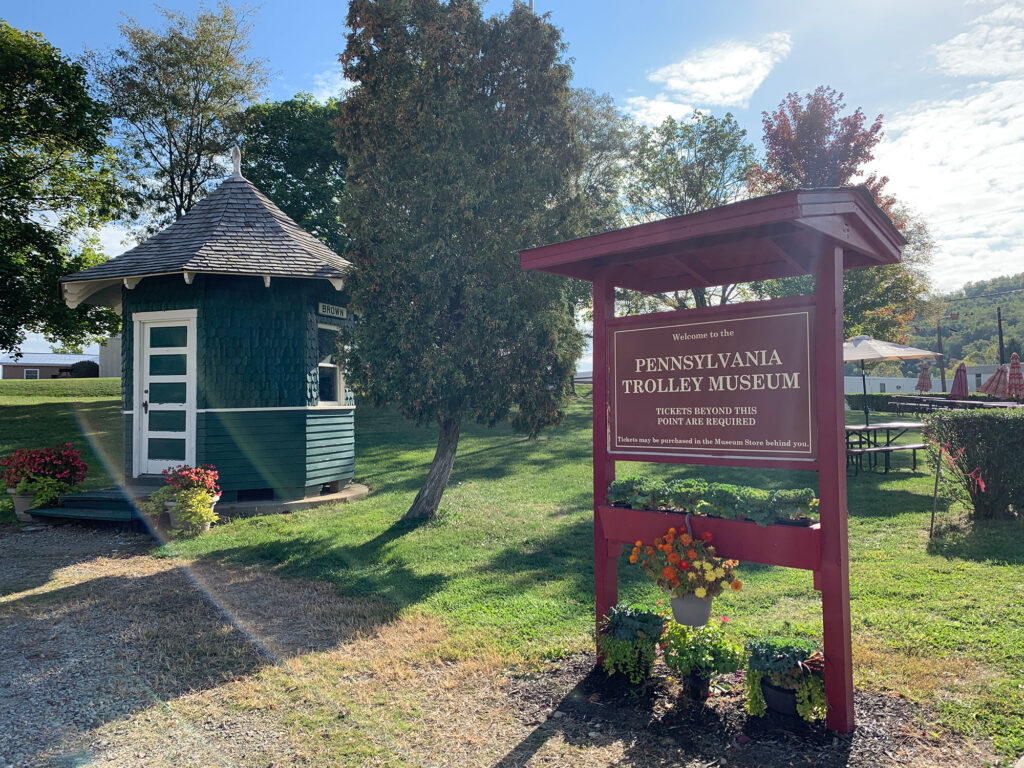
Date of Visit: September 26, 2020
The Pennsylvania Trolley Museum is located about 45 minutes southwest of Pittsburgh in Washington County, just a few miles off Interstate 79 and not far from the commercial center that has grown up around the Meadows Racetrack and Casino.
Since 1953, the Museum has worked to preserve trolley cars and the history around what has become a predominantly lost form of transportation.
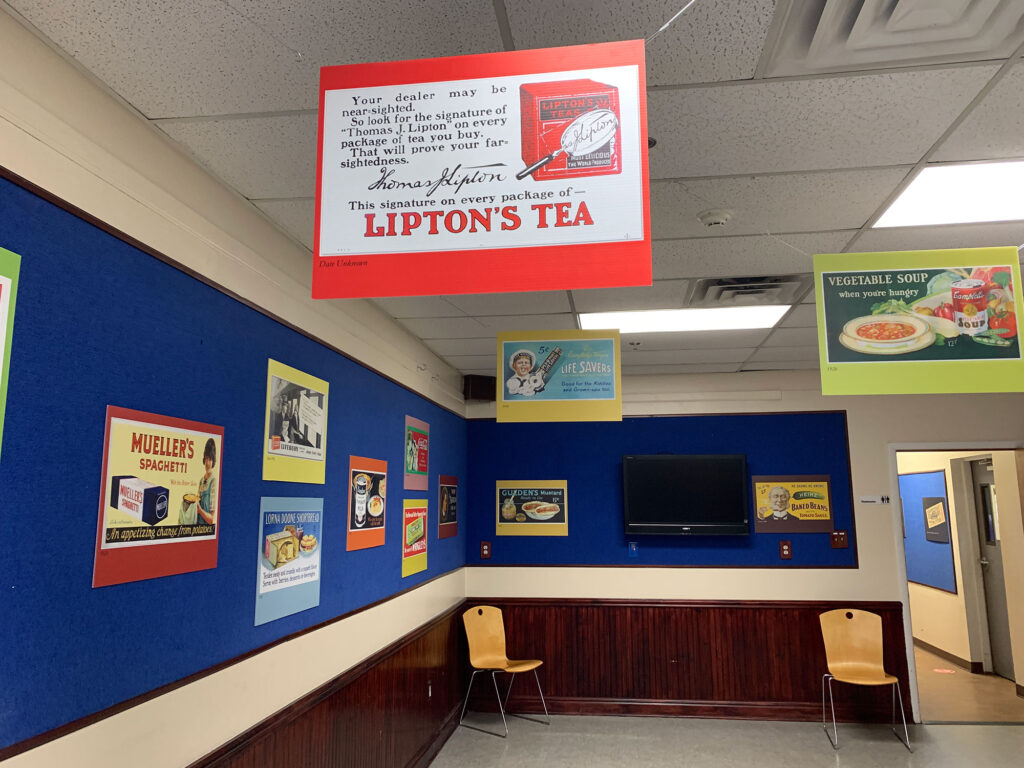
Visitors arrive at the museum gift shop. A brief video tells the history of trolleys, with an emphasis on their use here in the Keystone State. A small space hosts rotating exhibits. During our visit, it was showcasing historic advertising that would have been seen on trolley cars in their heyday in the early 20th century.
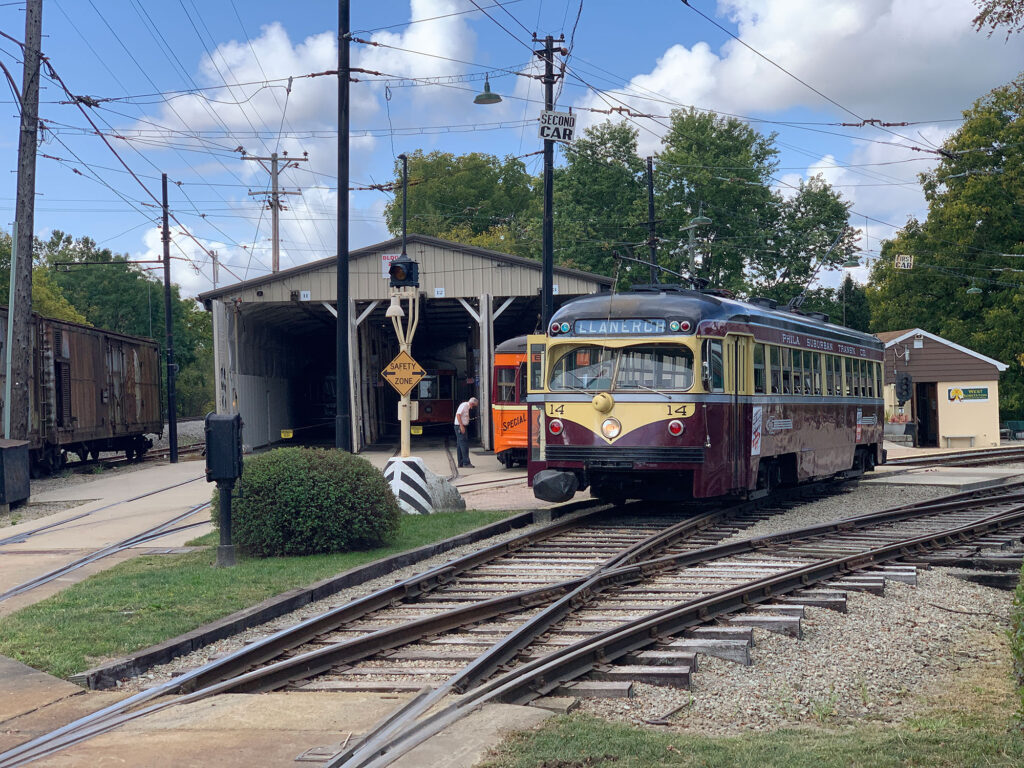
After a quick glance at the exhibit, it’s out the side door to the platform where the real tour begins. That’s where guests board one of 14 streetcars that are in operation at the museum for a short ride to the main trolley barn.
The Museum has more than 50 cars in its collection and the majority of them are on display here. The collection spans nearly a century, showcasing the evolution from horse-drawn cars to the “modern” streamliners that arrived on the scene in post-war America.
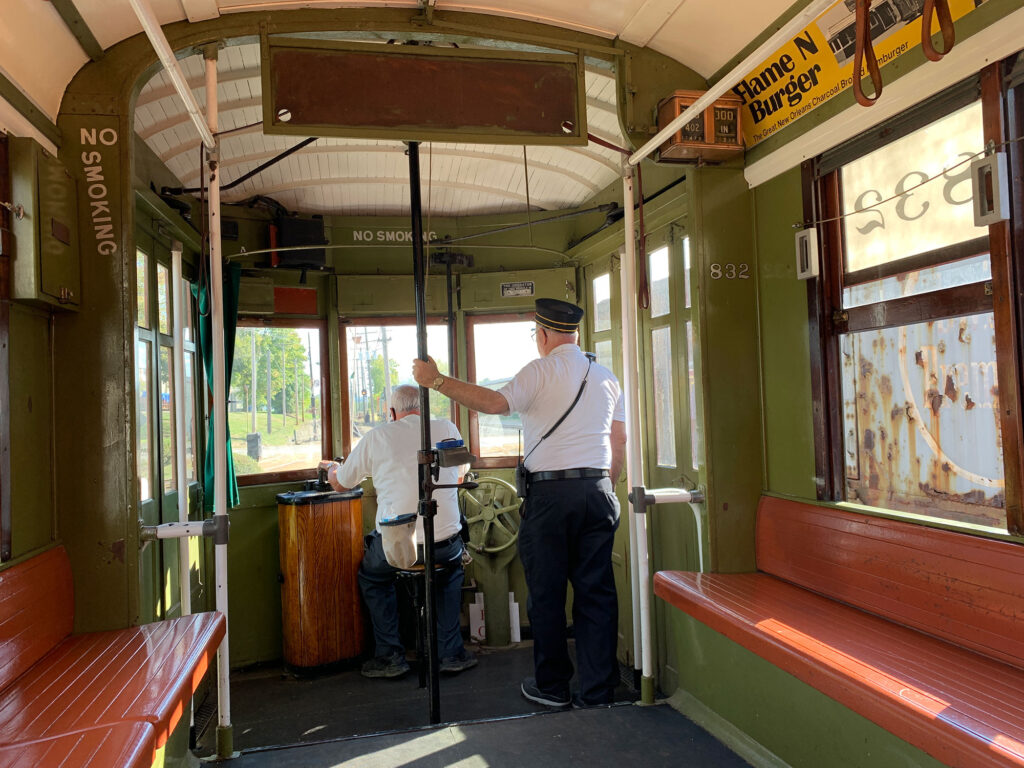
For us, our trolley driver doubled as the tour guide, walking us up and down the aisles while describing what we were seeing and its significance.
It’s here that I learned that when trolleys first were put into service, the “trolley” was not the car, itself, but the wheel mounted on the roof that rolls along the wires. It’s from this crucial mechanism that trolleys take their name.
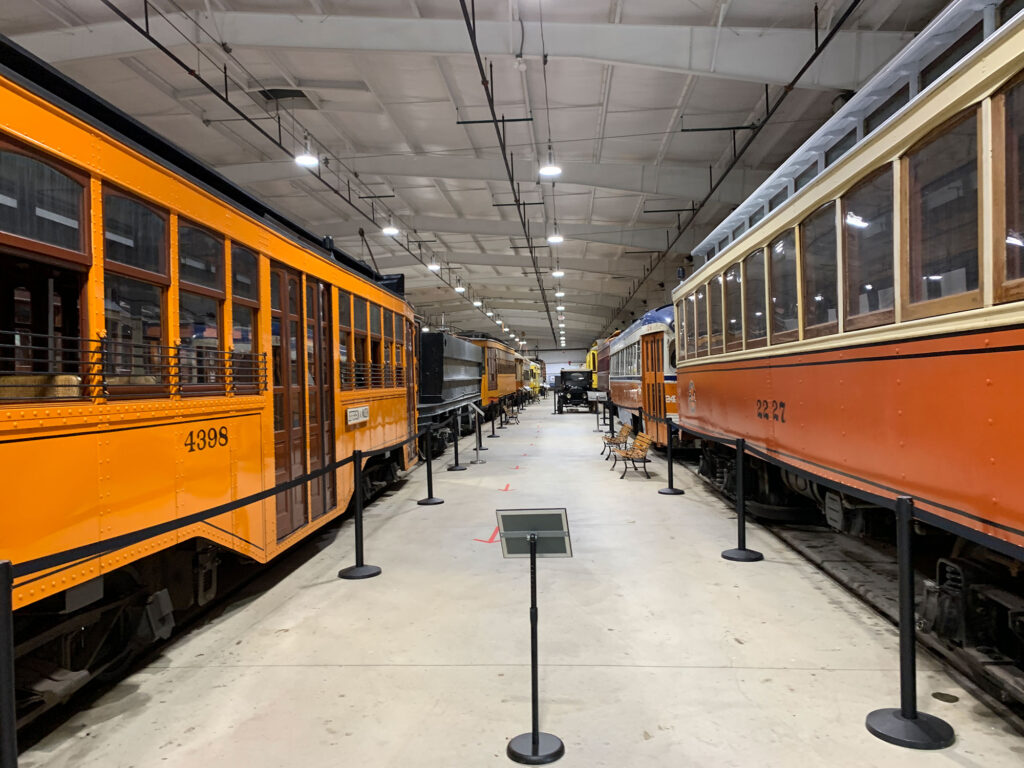
The cars on display are in various states of restoration. Some have been fully restored cosmetically, others look exactly how they did when they were rescued from the scrap heap.
Most of the cars in the collection are from Pennsylvania – there are examples from Pittsburgh, Johnstown and Philadelphia.
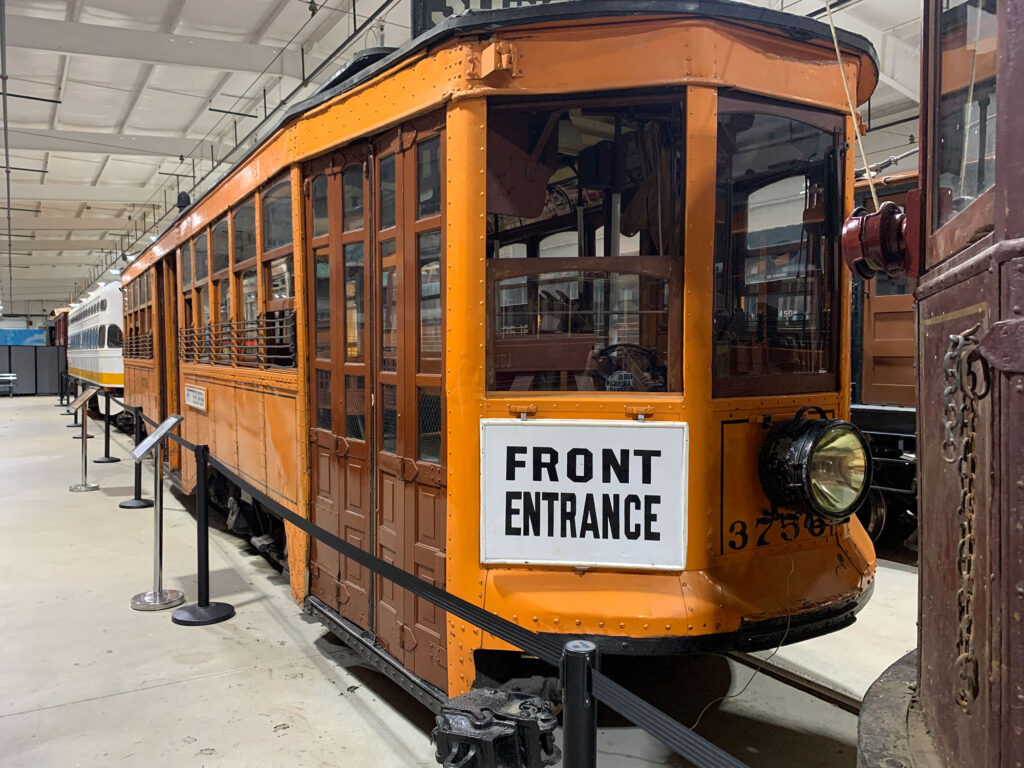
But there are also trolleys from neighboring states like Ohio and New Jersey, as well as a trolley that once ran on the streets of Rio De Janeiro, Brazil.
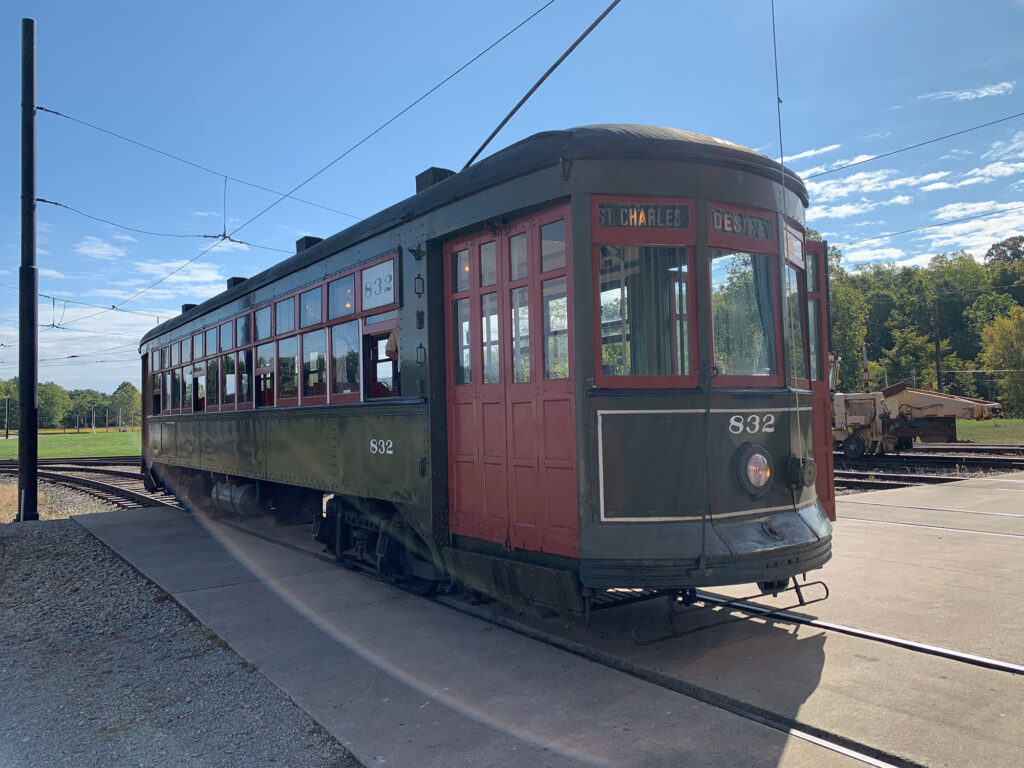
The car we were riding in was actually from New Orleans where it served on the Desire Street line, making it – quite literally – A Streetcar Named Desire.
(The Trolley Museum’s website does a great job of detailing the history of each piece in the collection).
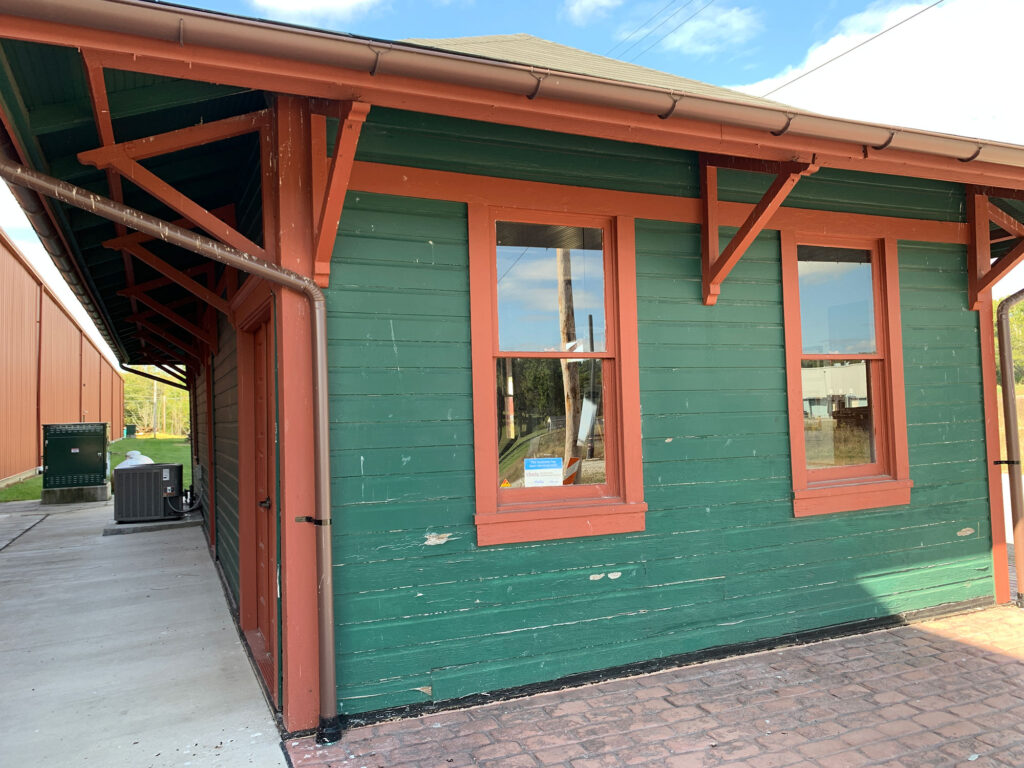
Outside the barn is the restored Wexford station which once served passengers along a trolley line in Pittsburgh’s suburbs. The station was relocated to the museum in 2016.
The station is slated to be a centerpiece in the Museum’s expansion project. The “On Track for the Future” project will create a new welcome and Education Center adjacent to the display building. Between the two buildings, “Trolley Street” will feature an outdoor display area and the Wexford Station.
(Editor’s Note: The new Welcome and Education Center opened in fall 2023).
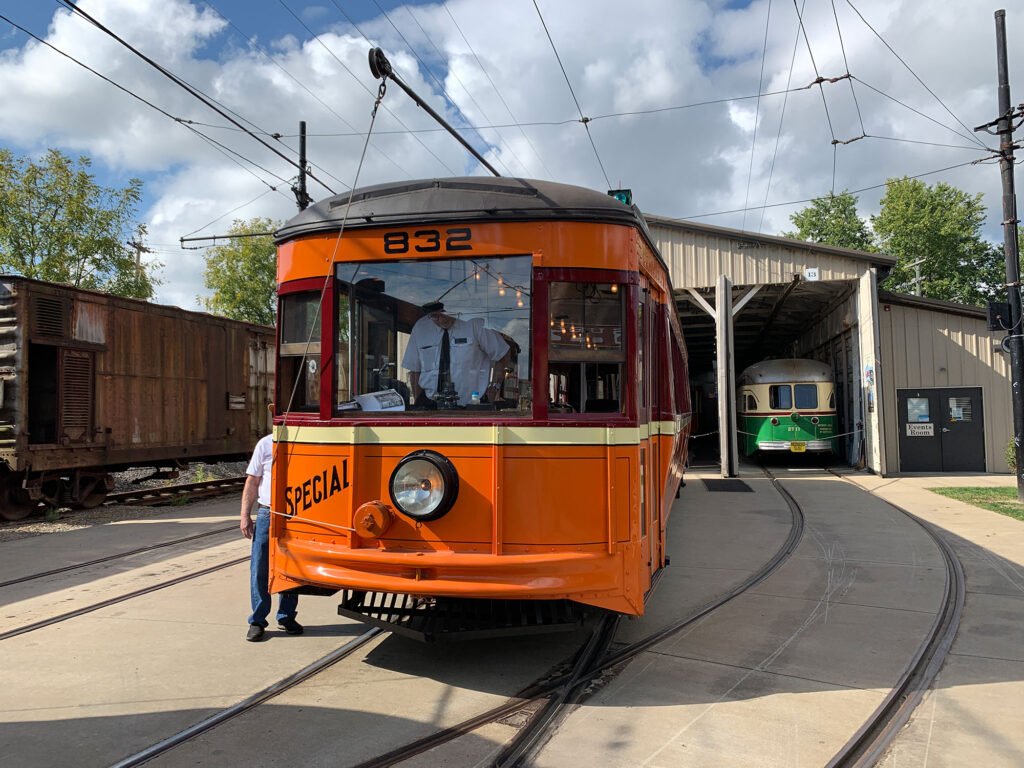
In the meantime, the main entrance to the Museum remains a short trolley ride away. After our return trip back to where we boarded, we disembarked our first trolley before climbing aboard a former Philadelphia Suburban Transportation Company car for a four-mile trip along the main trolley line.
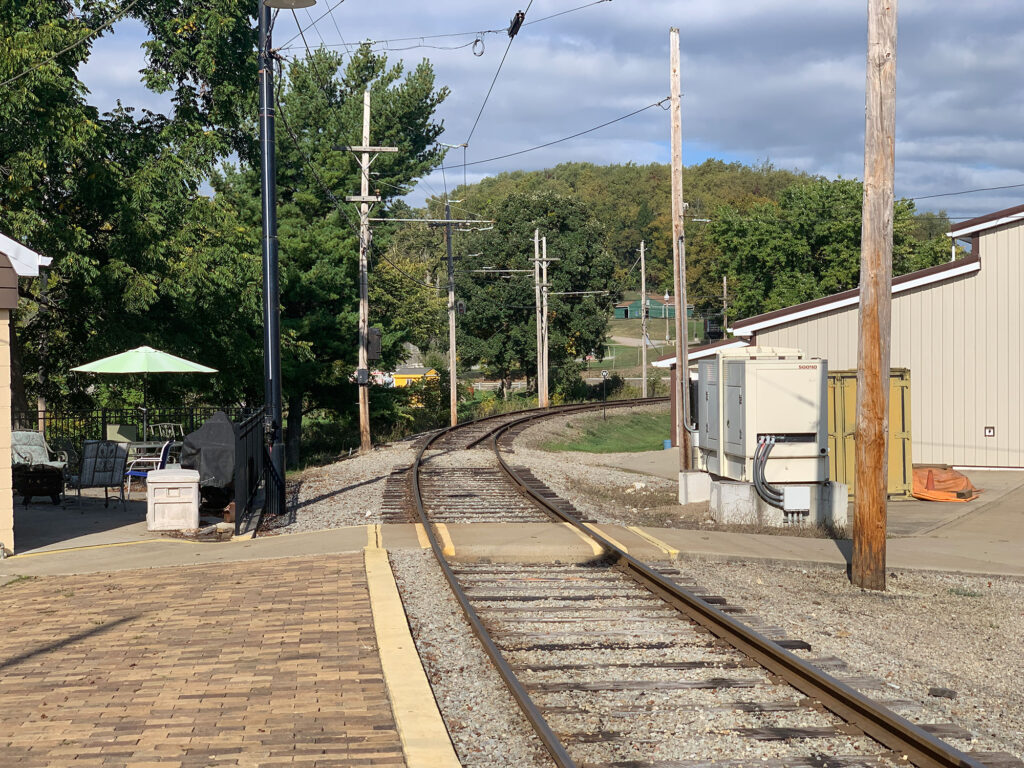
It’s not the most scenic ride – the first half travels mostly through an industrial park while the second half is a more scenic wooded area – but there is a certain nostalgia that comes from riding one of these cars and seeing the skill it takes to operate one.
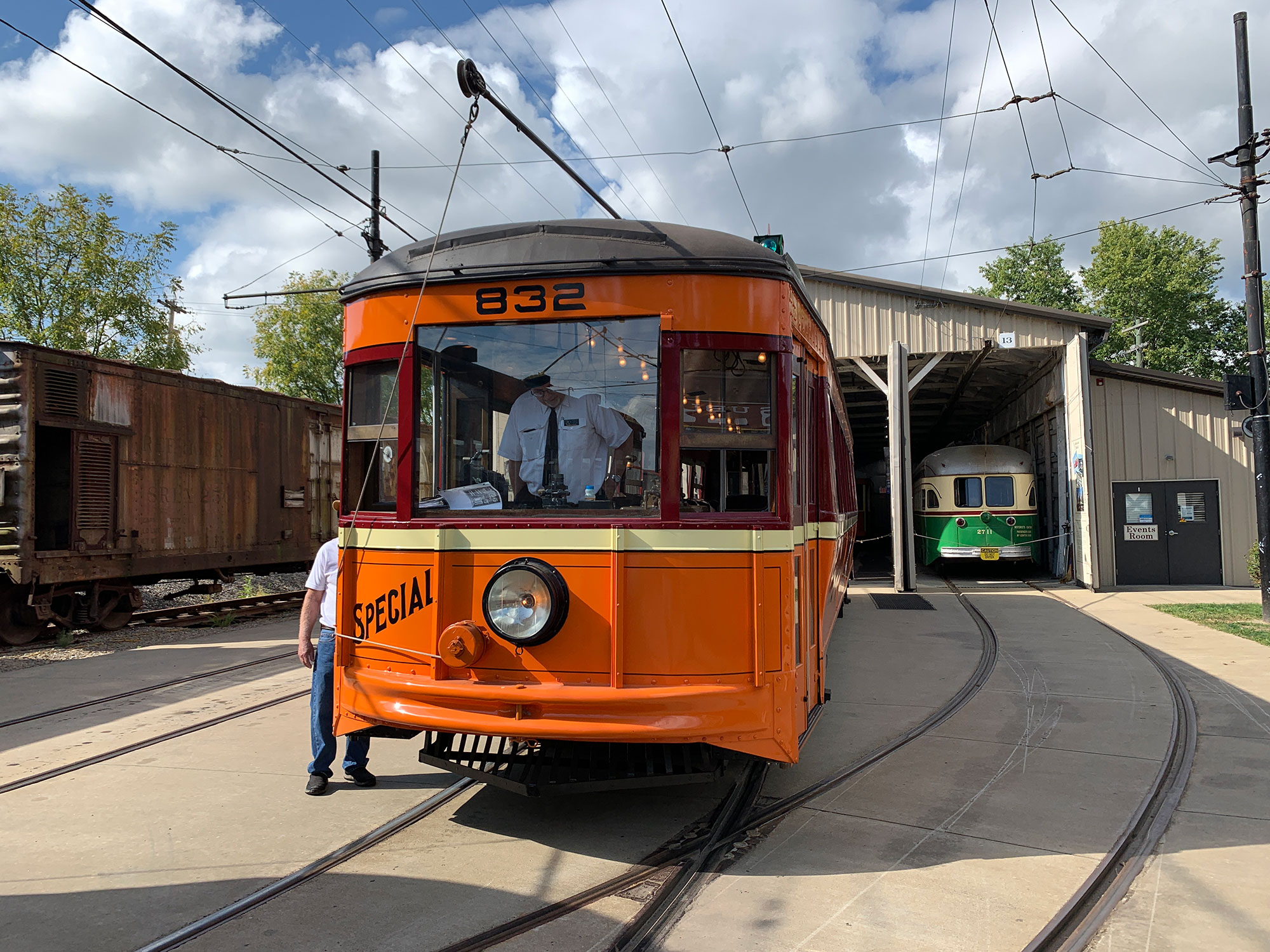
When You Go
- Since our visit, the Museum has opened a new state-of-the-art Welcome Center.
- The Trolley Museum offers parking and rides to the Washington County Fair (the fairgrounds is located along the Museum’s trolley tracks).
- The Museum hosts special events throughout the year including theme days, character apperances, kids summer camps and Santa trolley rides.

